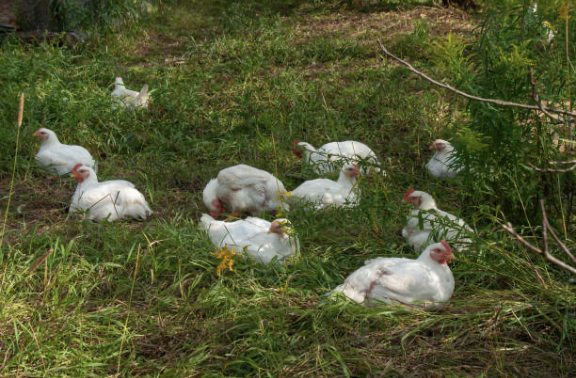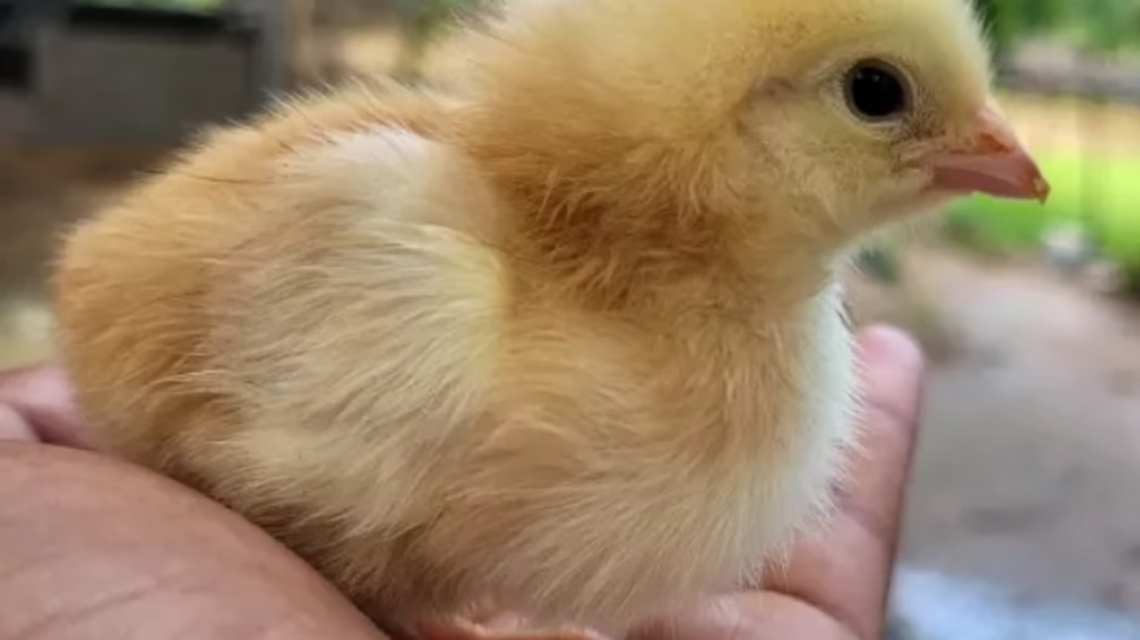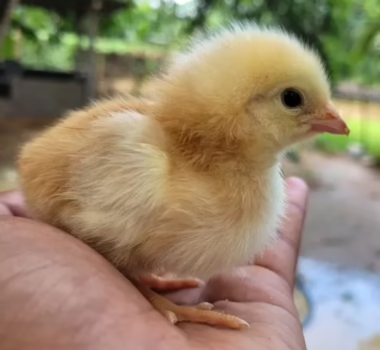Raising Meat Birds: Our First Experience
We recently decided to raise our own chickens for meat—something we’d never done before. Thankfully, we didn’t do it alone. We were surrounded by a passionate and supportive local community, and I’m deeply grateful for their inspiration and shared knowledge.
Together, we invested in an incubator, and thanks to some members who were already on this journey, we had fertilized eggs ready to go from their meat-bird laying hens. It truly felt like a collective effort from day one.

A Steep and Rewarding Learning Curve
Like any new experience, raising meat birds came with a steep learning curve. From incubating the eggs to raising the chicks, there was so much to consider. Their housing alone required multiple stages: starting in a nursery setup, then moving to a predator-proof cage, and ideally onto a chicken tractor so they could enjoy fresh pasture daily.
As they grew, we had to think carefully about feed options, temperature regulation, and how best to support their health and wellbeing. Just creating a safe and enriching environment involved constant learning and adjustment.
We were fortunate to borrow equipment like a heat pad and water feeders in those early stages, which helped us create a suitable environment before we were ready to commit to long-term infrastructure.

A Builder’s Advantage
Jason, being a builder, made a huge difference. Our current living situation is still a work in progress, but he had the tools and materials to create a predator-proof outdoor cage. This cage was lightweight enough to be dragged to fresh ground each day, giving the birds access to bugs, greens, and new soil to scratch in—everything chickens love and need.
Eventually, the birds graduated to an outdoor coop that we adapted from our existing hyline egg layer coop by fencing it in half. Step by step, we tailored the space to suit their changing needs.

Why Raise Our Own Meat Birds?
For me, the biggest motivation is health. Conventional meat birds are often raised in as little as five weeks using antibiotics, synthetic hormones, and growth promoters. These substances can negatively impact our own hormonal balance and long-term health.
Beyond that, the conditions in industrial poultry farming are usually cramped and stressful. This not only affects animal welfare but also compromises the nutritional quality of the meat. Chickens raised on processed feed often have an unhealthy omega-6 to omega-3 ratio, which can contribute to chronic inflammation in humans.
Many store-bought chickens are also injected with salt solutions and preservatives, which can raise risks of high blood pressure and cardiovascular issues. Overall, the meat from factory-farmed birds is often lower in nutritional value and higher in contaminants—something we felt increasingly uncomfortable consuming.

The Bigger Picture: Regeneration and Relationship
Raising our own birds just makes sense. Yes, it takes time and energy, but it’s absolutely worth it to know that the meat we eat comes from animals who lived well—under the sun, on green grass, scratching for bugs and worms. We also get to manage where their waste goes, using it to regenerate our soil and contribute to a healthier ecosystem.
And maybe the biggest surprise? I’ve come to love these beautiful birds. Their quirky personalities, social dynamics, and the way they interact with their world is endlessly fascinating. There’s probably an entire book to be written about the life of a chicken. Watching them has taught me so much about nature, connection, and the value of slowing down.
Final Thoughts
If you’re considering raising your own chickens for meat, I highly encourage it—especially if you have a supportive community and are open to learning along the way. It’s not just about the meat; it’s about reclaiming a relationship with our food, our land, and the animals we share it with.




